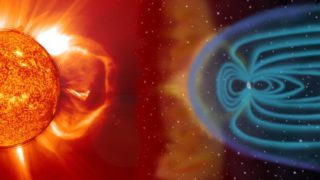
MI weekly selection #433
Smoke from wildfires may block clouds’ rainmaking ability Water droplets are more abundant in clouds affected by wildfire smoke but, surprisingly, those clouds are less likely to produce rain and may contribute to drought conditions in the Western US. Scientists say the droplets inside the affected cumulus clouds are much smaller and less likely to […]








